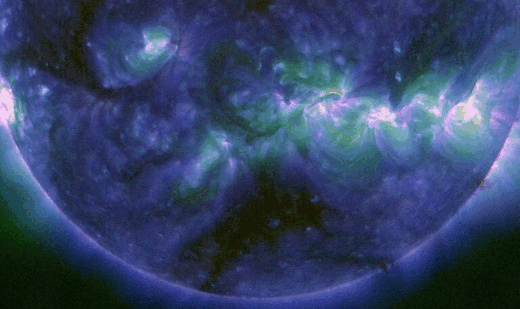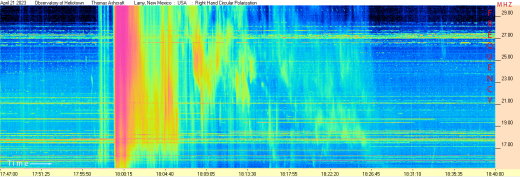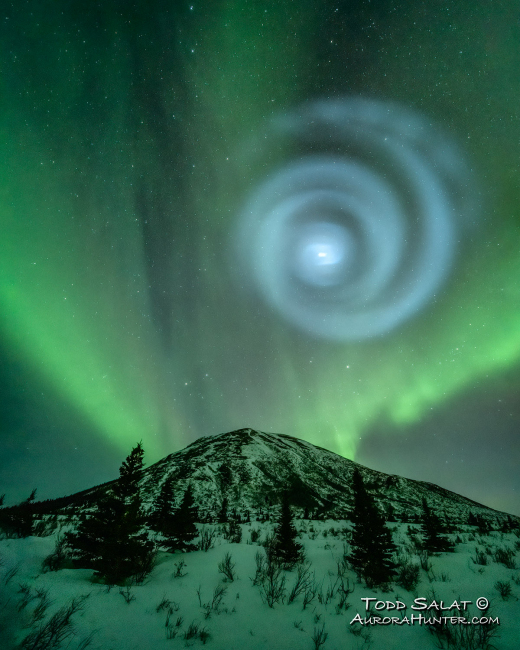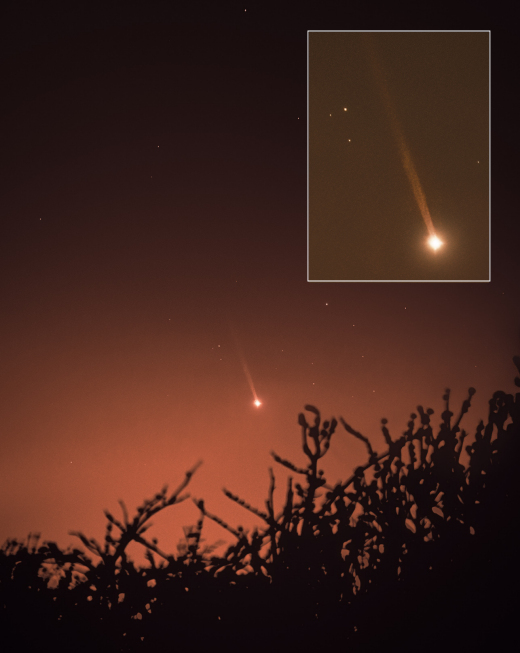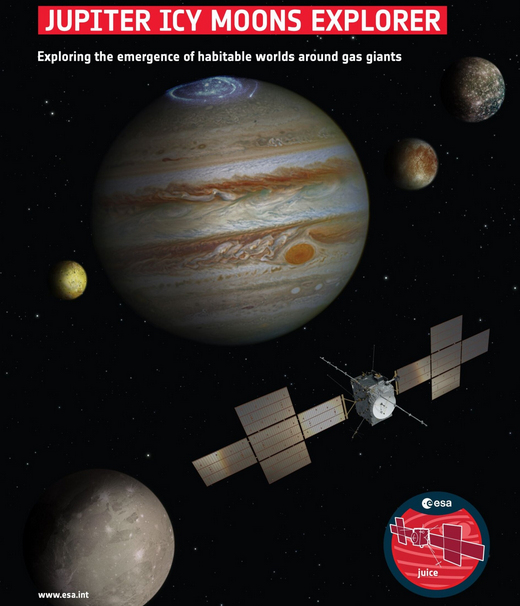April 23, 2023: A CME hit Earth’s magnetic field on April 23rd, a direct hit that sparked a severe G4-class geomagnetic storm. Northern lights spilled out of the Arctic Circle all the way down to the US-Mexico border (+29.5N):
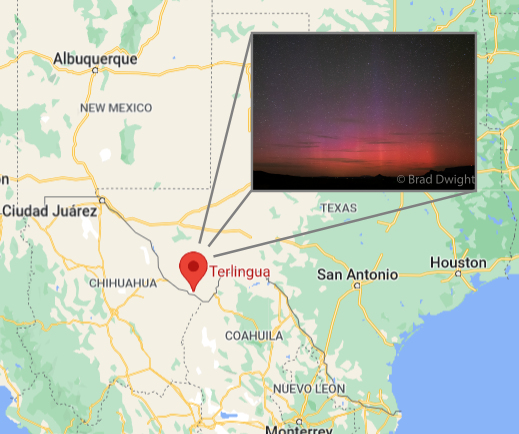
“I was out shooting the night sky in the Big Bend region of Texas when I saw the alerts of the severe geomagnetic storm,” says photographer Brad Dwight. “I decided to point my camera north just to see if I could see anything. These pillars exploded into view.”
In neighboring Arizona, David Blanchard made a video of the geomagnetic glow:
“It was a spectacular display here in Flagstaff (+35.2N),” says Blanchard. “The video covers the period 0354-0512 UTC on April 24th.”
Other notable low-latitude sightings in the USA include southern California (+32.5N), Arizona (+34.8N), Arkansas (+35.1 N), Colorado (+38N), Utah (+40.8N), Oklahoma (+36.3N), North Carolina (+36.2N), Tennessee (+35.4N), New Mexico (+35.9N) and Nebraska (+40.6N).
There were advantages to being a bit farther north. Consider this photo taken by Katie Korbuszewski of Helena, Montana (+46.5N):
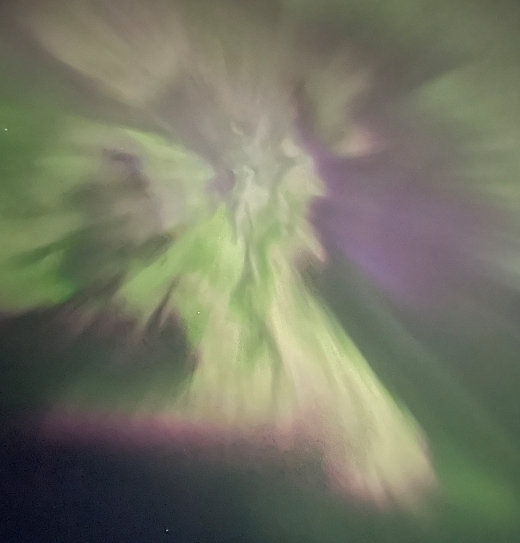
“This was the first time I have seen Northern Lights,” she says. “They became a bright dome right above my head and all around. You could visibly see cars and people in the gravel lot that had previously been obscured by darkness. I used my iPhone 12 mini on the night mode setting with an exposure of 3 seconds.”
“I thank my dad Paul Korbuszewski, an avid astronomer who checks Spaceweather.com like one checks the NASDAQ,” says Katie. “He gave me a call from Western Washington to tell me where to look!”
Auroras over Sturgis, South Dakota (+44.4N), were so big and intense, they surrounded onlookers in all directions. “They were everywhere,” says photographer Chris Yushta, “so I took a 360 degree panorama and turned it into a Panosphere.”
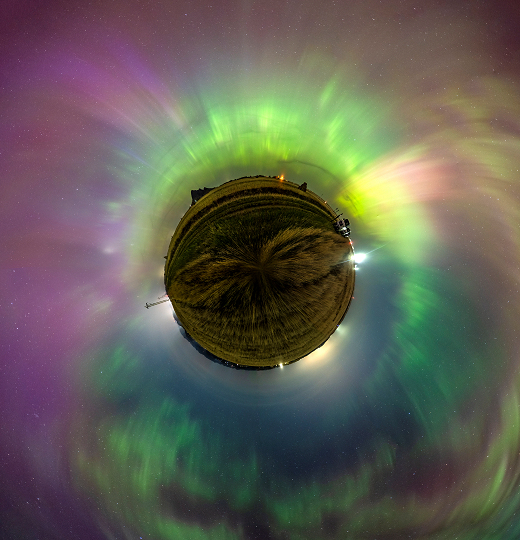
“The auroras were incredible!” says Yushta.
Did you miss the storm? Subscribers to our Space Weather Alert service received instant text messages when the CME arrived and when the subsequent storm erupted. Solar Cycle 25 is just getting started, so this will happen again. Make sure you don’t miss the next storm!

